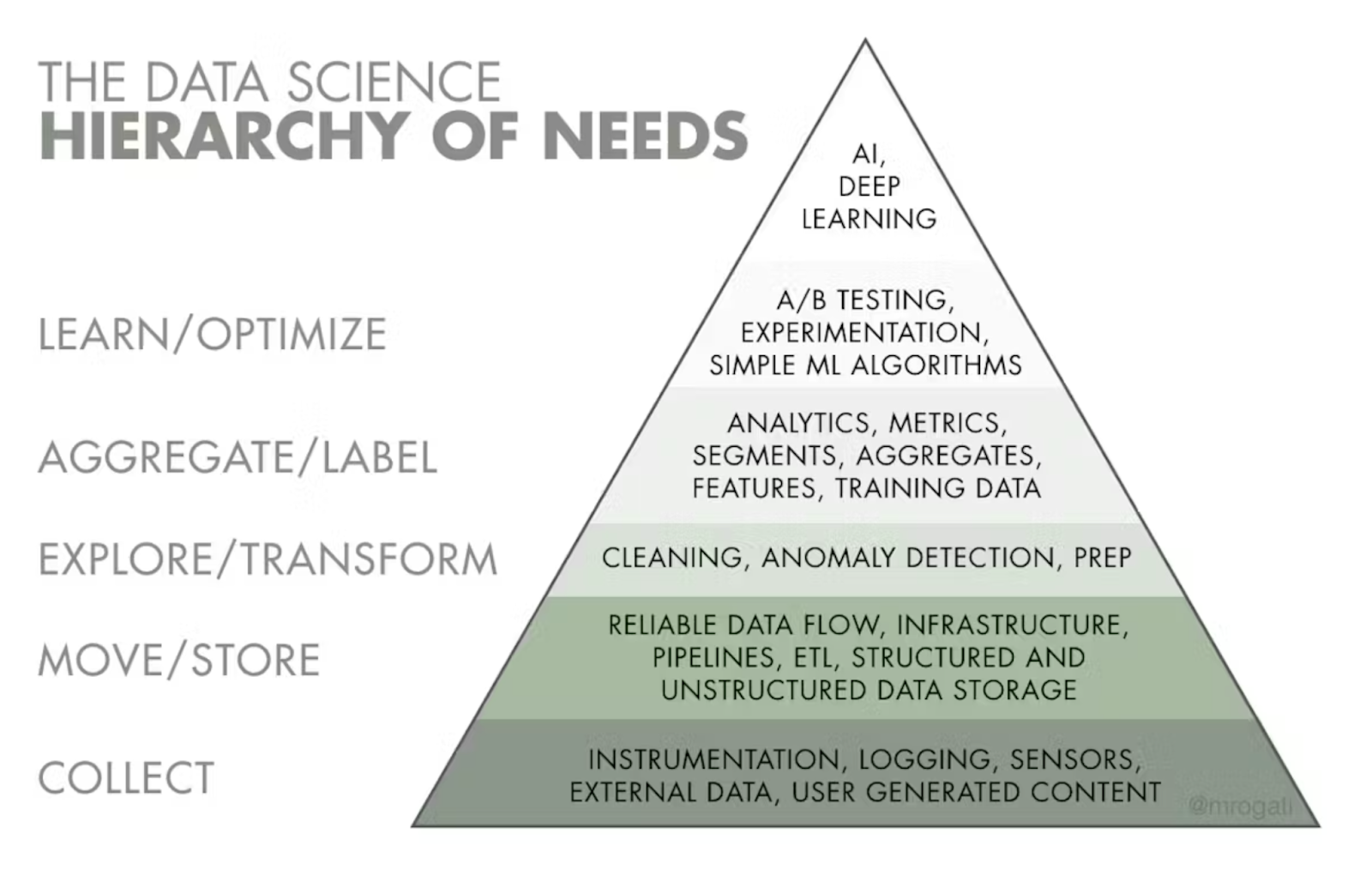.png)
Written by Joshua Evans, CTO & Co-Founder, VST
AI promises to revolutionize retail - but only if it's grounded in the right data. For most, that foundation is incomplete.
While retailers invest heavily in AI-powered personalization, pricing, and supply chain optimization, one of the most commercially critical areas remains underutilized: the shelf.
Planogram data is a foundational enabler of AI. Yet in many organizations, it remains siloed, unstructured, and disconnected from the broader data ecosystem.
If your organization is investing millions in AI but overlooking the quality of your foundational data assets, you’re building advanced capability on unstable ground - and limiting its ability to deliver meaningful, scalable impact.

The Shelf Is Still a Data Blind Spot
Retailers have built sophisticated data infrastructure across loyalty, supply chain, and online commerce. But in the physical store - where 70–80% of purchasing decisions are made - planogram systems still operate in isolation.
This disconnect is driven by three longstanding challenges:
- Legacy planogram platforms not designed for integration, scalability, or collaboration
- Unstructured and inconsistent planogram formats, making them difficult to query or visualise
- Sensitive commercial data embedded within files, limiting shareability
- A lack of archiving and history, meaning data is being discarded rather than collated into a valuable asset
- Planogram data was not built to be stored historically, meaning only the 'live view' is available with no history to train any datasets
The result? The shelf is left behind. Teams make assumptions where there should be evidence. And AI applications - which rely on structured, dynamic data - are unable to operate.
Shelf Data As Infrastructure for AI
AI is only as effective as the data it receives.
Structured, current planogram data is the foundation for a wide range of high-impact applications:
- Predictive Space Planning
AI models can analyze historical sales, footfall, seasonality, and weather to suggest space adjustments at the category or store level - optimizing layouts in advance of demand shifts.
- Generative Simulation
Planogram variants can be tested virtually using generative models, identifying potential improvements before physical execution - reducing costs and increasing speed to shelf.
- Operational Agility
The original ambition for store-specific planograms was deep personalization - aligning assortments to each store’s shopper profile. But in recent conversations with retailers, that goal is being reconsidered. The real benefit, they’ve found, isn’t hyper-personalization - it’s operational flexibility. Retailers are realizing that store-level planograms make it easier to customize shelves more frequently, keep up with category trends, and move faster - without being locked into one major assortment reset per year. It’s not about getting every store perfectly tailored, and instead, it’s about enabling agile execution across the estate.
Each of these requires shelf data that is structured, examinable, and accessible. Without it, AI strategies remain disconnected from a core revenue driver.
The Operational and Commercial Costs of Inaction
Failing to unlock planogram data has knock-on effects across the organization:
- Inefficient supplier collaboration, with repeated requests for store-level data can cost retailers and suppliers millions in lost time and delayed activation - with McKinsey estimating that poor execution driven by data gaps results in up to 20% lost sales for CPG partners annually
- Increased in-store labor burden, with teams chasing non-compliance without visibility
- Misaligned commercial planning, as JBP sessions rely on estimates, not evidence
- Underperformance at the shelf, where layout and execution lack optimization at scale burns tens of millions: planogram non‑compliance typically costs retailers a staggering $1 million to $30 million per store annually
- Missed bottom line revenue, from an existing dataset collecting dust
These are not theoretical losses. In large-scale operations, small improvements in planogram accuracy, compliance, or adaptability can drive multi-billion-pound impacts in revenue and cost savings.
What Leading Retailers Are Doing Differently
Retailers like Tesco have already changed their approach.
By systematically sharing structured, non-sensitive planogram data securely with suppliers, they’ve:
- Reduced pressure on internal commercial and insights teams
- Increased the quality & depth of collaboration with CPG partners
- Created a foundation for more agile, AI-driven planning
- Enabled in-store teams to execute the plan better
- Built a foundational data source capable of powering future AI models & applications
This shift has allowed Tesco to move beyond manual workflows and into scalable, insight-led shelf execution - while improving data governance and control.
How VST Supports This Transformation
VST’s Planogram Publisher enables retailers to make this shift without overhauling existing systems. How we drive real change, really fast:
- Connect directly to your current planogram infrastructure
- Extract and standardize key data fields (excluding margin or other sensitive inputs)
- Maintain and refresh visual shelf images across the estate
- Provide suppliers with controlled access via a secure browser-based interface
- Feed clean, structured shelf data into AI-ready formats
- Provide a secure repository of planogram history for tracking
The platform creates a dynamic view of what’s planned, what’s executed, and where opportunities lie - at scale.
This is not about digitizing old processes. It’s about enabling a new operating model for the shelf.
Retailers Who Act Now Will Lead the Next Phase of AI Adoption
The competitive gap is already widening. CPGs are investing heavily in AI-led category growth. Those who can bring structured shelf data to the table will set the terms of collaboration, and the pace of innovation.
Conversely, those who continue to treat planogram systems as internal-only tools risk falling behind in areas ranging from store performance to strategic partnerships.
The shift to AI at the shelf is not a matter of if - but when.
And the retailers who move first will realize the benefits fastest.

.png)